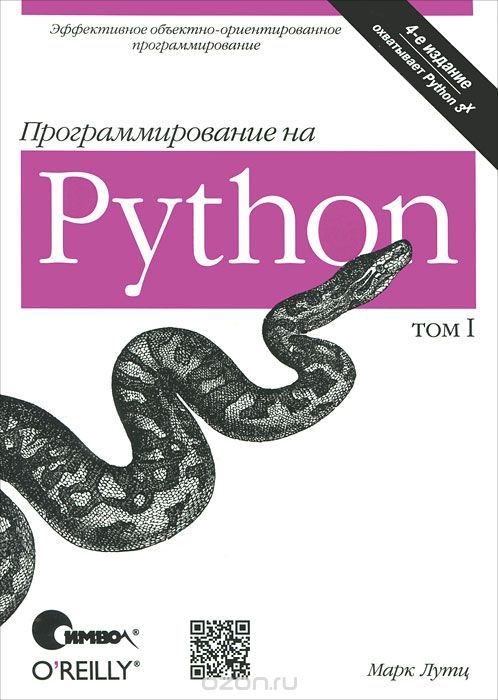What do you think?
Rate this book


992 pages, Paperback
First published January 1, 1996
This is a fairly good introduction to the programming language. Its organization, however, makes it hard to use when you just want to refresh your memory about a particular detail you have forgotten.